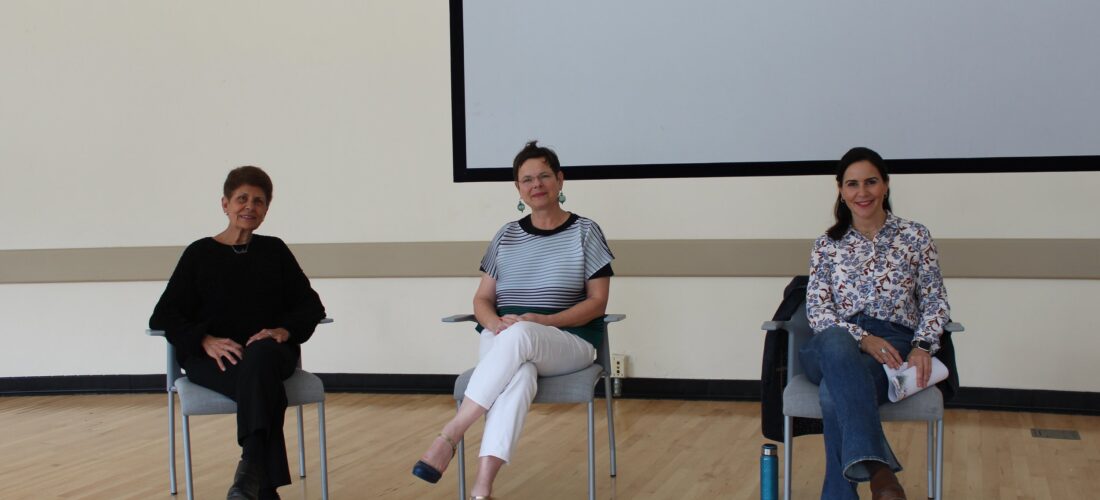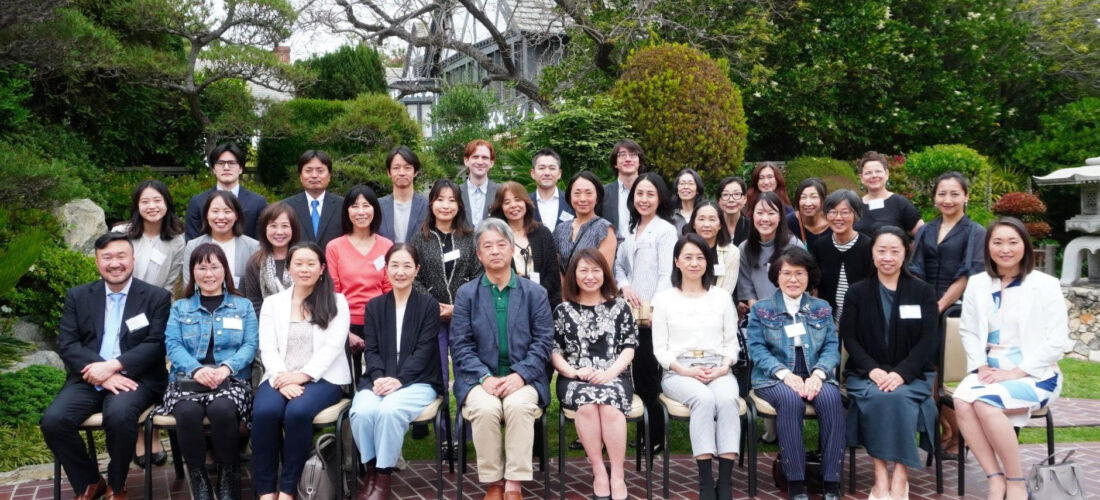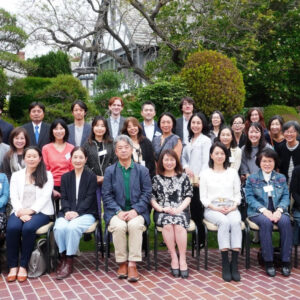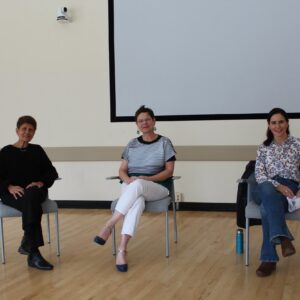East Asian Languages & Cultural Studies > Recent News
 Prof. Frühstück Speaks on the Value of Foreign Language Study at Recent Event
Prof. Frühstück Speaks on the Value of Foreign Language Study at Recent Event
Read more… Natalya Rodriguez Receives Fulbright U.S. Student Award for 2024-2025
Natalya Rodriguez Receives Fulbright U.S. Student Award for 2024-2025
Read more… Yoko Yamauchi Elected President of the Board of the Teachers of Japanese in Southern California
Yoko Yamauchi Elected President of the Board of the Teachers of Japanese in Southern California
Read more… Jin Young Lim publishes new book The Dao of Flow
Jin Young Lim publishes new book The Dao of Flow
Read more… Prof Ikeuchi to Serve for the Distinguished Speakers Bureau in The Northeast Asia Council of the Association for Asian Studies
Prof Ikeuchi to Serve for the Distinguished Speakers Bureau in The Northeast Asia Council of the Association for Asian Studies
Read more…
Copyright © 2024 - The Regents of the University of California, All Rights Reserved.











